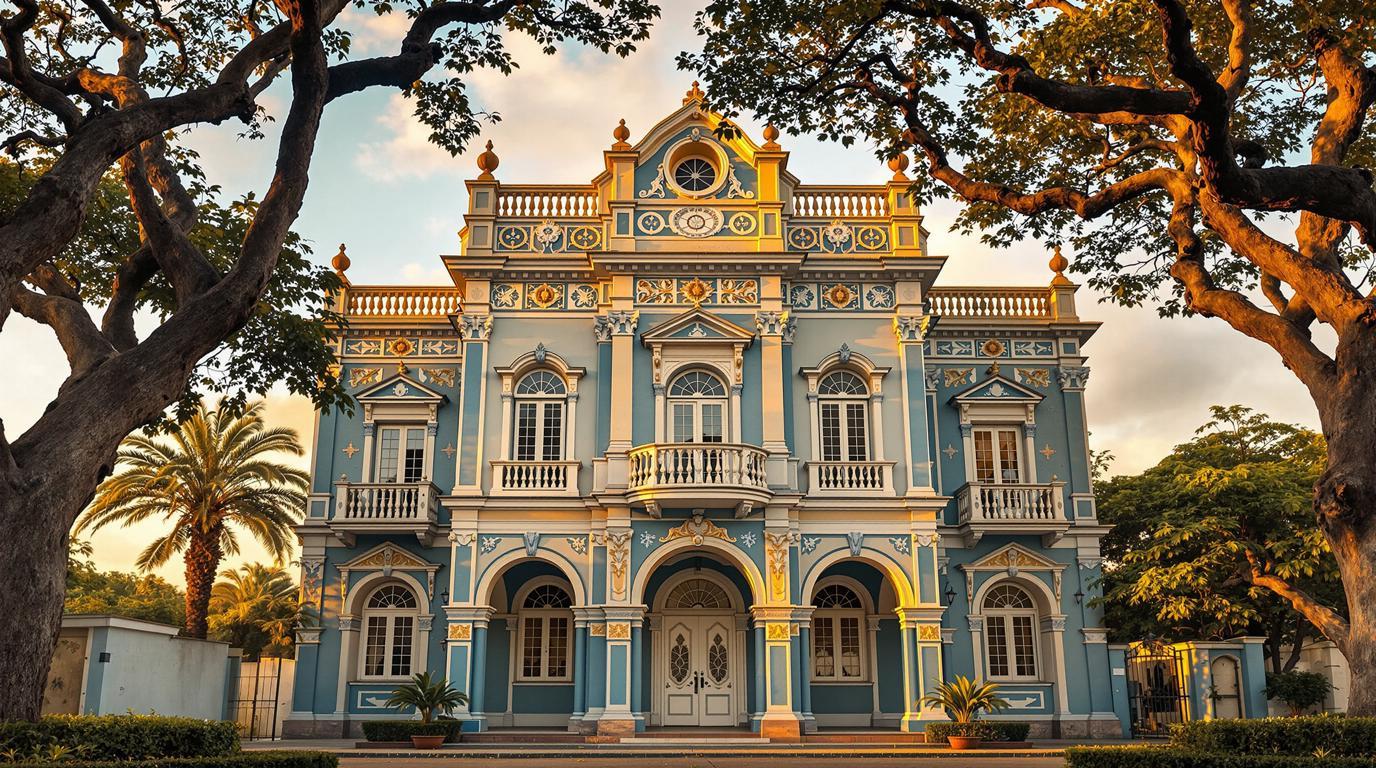The amber light of sunset filtered through centuries-old baobab trees as I stood on the crumbling steps of an abandoned colonial mansion. No tour buses in sight, just the distant drumbeats of a village celebration echoing across Lake Nokoué. After a decade exploring West Africa’s travel circuits, I’d finally discovered Benin’s most compelling yet overlooked treasure – a place where voodoo traditions, French colonial history, and returned Brazilian slaves created something entirely unique.
Where ancient spirits whisper through colonial ruins
Porto-Novo, Benin’s official capital, sits just 30 kilometers from bustling Cotonou but exists in an entirely different dimension. Founded in the 16th century as a major slave trading port, the city later became home to thousands of formerly enslaved Africans returning from Brazil in the 1800s. These returnees, known locally as Agudas, brought with them architectural styles and cultural practices that created a fascinating Afro-Brazilian hybrid still visible today.
“Our ancestors carried memories of Africa to Brazil, then brought back Brazilian ways to Africa,” explains Mathieu Koukpaki, whose great-grandfather returned from Brazil in 1889. “In Porto-Novo, we don’t just preserve history – we live inside it.”
Uncovering treasures hidden behind peeling facades
The mosque that defies religious boundaries
On my second morning, I discovered the Grand Mosque of Porto-Novo, a structure that stopped me in my tracks. Unlike any Islamic building I’d encountered, this 1925 mosque features Portuguese Baroque architecture and pastel blue walls that would look more at home in Salvador, Brazil than West Africa. Muslim worshippers enter beneath arches reminiscent of this historic mosque that preserves West African Islamic heritage. Inside, where photography is forbidden, geometric patterns merge with distinctly Brazilian flourishes.
The forgotten royal palace museum
Three streets away, behind an unassuming gate, lies the Royal Palace of King Toffa. I arrived at 2pm to find myself the only visitor. My guide, François, unlocked chambers unused since the last king’s death in 1908, revealing ceremonial masks, divination tools, and thrones adorned with brass cowrie shells. In the central courtyard, ancient altars still receive offerings from descendants of the royal family.
Flavors that bridge continents and centuries
For lunch, I followed François’ recommendation to Chez Clarisse, a four-table establishment where plastic chairs sit beneath mango trees. No menu exists here – just whatever Clarisse is cooking. Today’s offering: acarajé, deep-fried black-eyed pea fritters served with fiery scotch bonnet sauce, a direct culinary import from Brazil’s Bahia region.
“My grandmother learned this recipe from her grandmother, who came from Brazil in 1865,” Clarisse told me while deftly forming the batter with practiced hands. “When Brazilians visit, they say it tastes exactly like home.”
Navigating Porto-Novo like a seasoned traveler
Timing your journey
Visit between November and March for dry skies and temperatures hovering around 86°F (30°C). January brings the Vodun Festival, when normally private ceremonies become accessible to respectful visitors.
Beyond the guidebook
Hire a boat at dawn from the small dock behind the Jardin des Plantes for a sunrise journey across Lake Nokoué to witness fishermen using techniques unchanged for centuries, similar to traditional boat-building villages like this Zanzibar community. Later, visit Adjarra Village (20 minutes by zemijan motorcycle taxi) where master potters create vessels without wheels, using techniques that predate European contact.
When worlds collide, magic happens
As twilight descended on my final evening, I wandered through the Jardin des Plantes, where botanical specimens from Brazil grow alongside indigenous African medicinal plants – a living metaphor for Porto-Novo itself. This city, like Brazil’s innovative architectural legacy, reveals what happens when cultures collide and create something entirely new. In our age of standardized tourism, Porto-Novo remains genuinely, defiantly itself.
